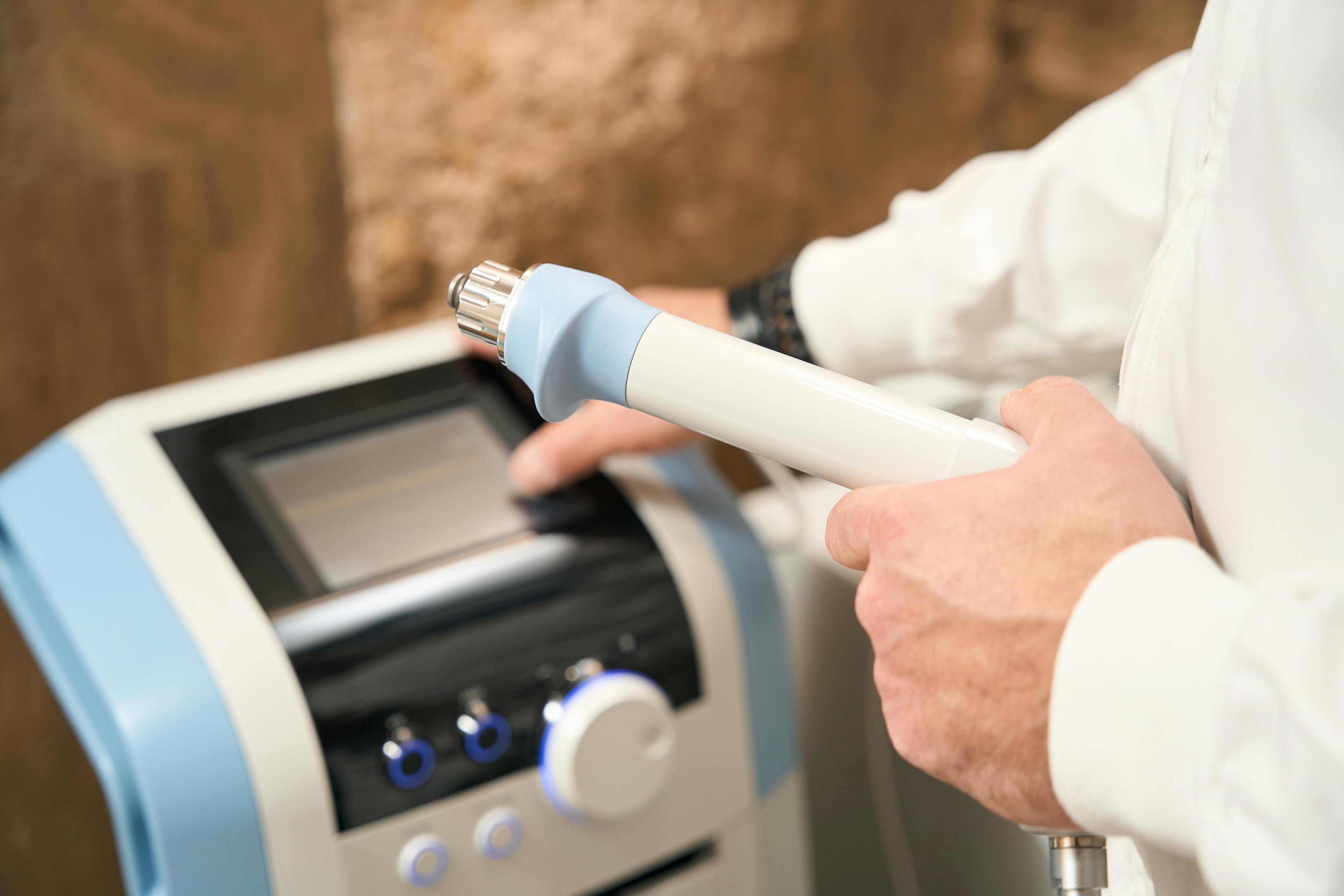What Is an Epidural Steroid Injection?
An epidural steroid injection (ESI) reduces spinal nerve inflammation caused by conditions like stenosis or disc herniation, helping relieve pain in the neck, back, arms, or legs. Dr. Moustafa Ahmed injects medication into the epidural space surrounding the spinal nerves. Pain relief can last from a few days to several years, with the goal of restoring function and supporting physical therapy.
How Epidural Steroid Injections Work
A steroid injection combines a corticosteroid and a numbing agent, delivered into the epidural space near the affected nerves. While it doesn’t treat the disc itself, it reduces inflammation by flushing out irritating substances around the nerves. Pain relief can last from days to years, helping patients stay active and begin physical therapy or exercise to improve spinal health.
Types of Epidural Steroid Injections
- Lumbar Epidural Steroid Injections
Used to treat lower back pain and sciatica (pain that radiates down the leg). - Caudal Epidural Steroid Injections
Target pain in the lower back, including cases of post-surgical pain or "failed back syndrome." - Thoracic Epidural Steroid Injections
Treat pain in the mid-back and can help relieve pain radiating to the chest or upper abdomen. - Cervical Epidural Steroid Injections
Used for neck pain, as well as pain radiating to the shoulders, arms, or hands.
Preparing for Your Procedure
Your doctor will review your medical history and imaging to determine the injection site. You’re encouraged to ask questions before the procedure. A contrast dye is used to guide needle placement—please inform your doctor if you have any dye allergies. If you take aspirin or blood thinners, we’ll coordinate with your PCP or cardiologist, as you may need to pause them beforehand.
The procedure takes place in our advanced in-office procedure room. Be sure to arrange for an adult to drive you home afterward.
What to Expect During the Procedure
Before the procedure, you’ll sign a consent form. The injection typically takes 15 to 45 minutes, followed by a short observation period. Your doctor will place the medication as close to the affected nerve as possible, using a technique tailored to your condition and any prior spinal surgeries. The goal is to deliver precise, effective relief.
Step 1: Preparation
While lying on an x-ray table, your skin will be numbed in the treatment area to minimize discomfort during the procedure. You will remain awake during the procedure to provide feedback. If you decide to have sedation-induced, discuss this option with your physician.
Step 2: Needle Placement
Under fluoroscope (special X-ray) guidance, the doctor inserts a needle through the skin into the epidural space. Fluoroscopy allows your doctor to watch the needle in real time on the monitor to ensure that the needle goes to the correct location. Contrast is usually injected to confirm the precise needle position. Most patients experience some discomfort, occurring as pressure rather than pain.
Step 3: Medication Injection
When the needle is in the correct location, the anesthetic (numbing) agent and steroids are injected, then the needle is removed.
Aftercare and Recovery Timeline
Most patients can walk and leave the clinic shortly after the procedure, typically after a brief observation period and when accompanied by an adult.
By the next day, you should be able to resume normal activities, unless otherwise instructed by your provider. It’s common to experience some soreness at the injection site, which can be managed with ice packs and over-the-counter pain relievers like Tylenol (acetaminophen).
You may notice a temporary increase in pain, numbness, or weakness as the local anesthetic wears off. This is normal and typically resolves as the steroid medication begins to take effect—usually within 2 to 5 days, with full benefits felt within 1 to 2 weeks.
You’ll receive a pain diary to track your symptoms over the next two weeks. This helps your provider assess how well the injection is working and determine any next steps.
Expected Results and Next Steps
Many patients report some pain relief from ESI. If you notice only slight pain relief, your doctor will perform one to two more injections at 2–4-week intervals to reach maximum effect. Pain relief duration varies from weeks to years. Injections will help you participate in physical therapy and/or a home exercise program. Exercise will strengthen your back muscles and will help prevent future pain.




